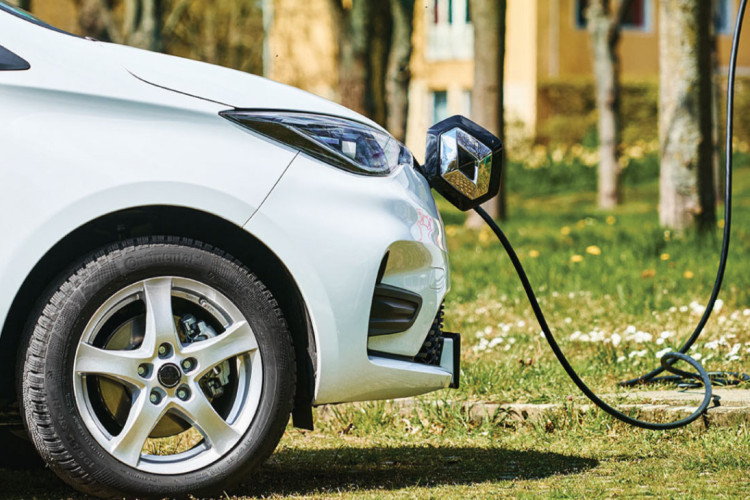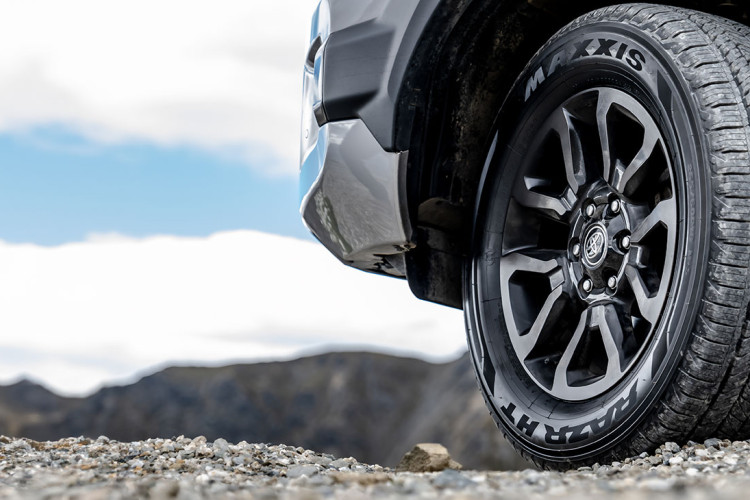The ex-rental buying guide
There’s a few things to be aware of when buying a used car. There’s that well known line of the car salesman trying to hock a Hilux to you that goes something like this “it was used by an old couple that never went off road and used it as their runaround. They never towed anything either”. Translated, it means it’s been mud deep in a paddock for most of its life and has dragged everything possible behind it, from trailers to boats the size of the Titanic.
Then there’s the “it’s previous owner was this lovely old lady who used it for the supermarket run and the odd trip to the bingo”. This is translated to ‘she had terrible eyesight and bumped into everything, finally selling the car after running over her neighbours garden gnome when hitting reverse by accident’.
Finally, there’s “it’s an ex rental”. Out of these three examples, it’s likely the “it’s an ex rental” that sends shivers down your spine. But should it be? Let’s find out.
That rental life
One of the biggest worries when it comes to looking at an ex rental is about the life it has led. Surely it’s been thrashed, abused and generally treated worse than anything driven by it owners? The truth is normally something a little different. The typical rental car life is something like this.
A car is added to a rental fleet as ‘NCS’ (new car stock) after it’s purchased from the manufacturer. At this point, it's the same as if you would have purchased it yourself. Only the rental car company would have paid a lot less for it.
The vehicle will then head out on hire. The length of these hires varies depending on the rental car operator and the business they have. For your typical NZ rental car fleet that relies predominantly on tourism business, they probably have an average hire length of around 7 days or so. Let’s veer on the side of caution though, putting that figure at 5 days.
A good rental company will keep each vehicle on the road 90% of the time. But given traditional tourism lulls between May and September (and presuming the borders are open), we think that number is more likely to be as low as 70% when averaged out over the year.
Doing the math (which is not fun despite what anyone says) if the car is hired out 70% of the time for an average of 5 days, that could mean as many as 49 hires each year. 49 opportunities for that car to be thrashed, right? Surely one of those hirers will have followed the GPS through a river or decided 4WD tracks are ok in a 2WD if you go twice as fast?
Maybe. What we do know is the car is checked at least 98 times per year for damage because each vehicle should be inspected before a hire and after a hire. How many times do you look for damage on your car?
It also means the car will typically have the tread depth and fluid levels checked at least 49 times per year, as part of the pre-hire preparation. Again, how many times do you check the water, oil and tyres?
So far, our new vehicle is leading a decent life. It even gets cleaned regularly. There is however, no telling what happens when the vehicle gets up to on those 49 hires per year. Your average rental contract will prevent the hirer from driving on unsealed roads or towing anything. But when we say prevent, we mean it’ll be on the contract. It may not be abided by.
We do know the vehicle will be serviced strictly to the manufacturers guidelines. We also know the rental company has a vested interest in keeping the vehicle as nice as possible for a few very important reasons. There’s a lot of money tied up in those hunks of metal that can't be squandered with poor fleet management and maintenance. When it comes to damage, the rental operation will also want to assign anything possible to a hirer. That way they can on-charge in the form of excess. Undocumented damage, which is what the rental car company calls damage that cannot be assigned to a hirer, is a major cost and comes straight off the bottom line. They hate it and rightly so. Also, it’s not great customer service to provide hirers with vehicles that look like they’ve been drive through gorse bushes and drive like a 25 year old truck with wobbly wheels.
There’s also the issue of the Rental Branch Managers incentives. A clever rental company will have ways of ensuring cars stay in top top condition by linking a Branch Manager bonus structure to the state of the vehicles in their fleet. For example, the world's largest car rental company, Enterprise Rent-A-Car, will pay both Assistant Managers and Brand Managers a monthly bonus based on what’s called the ‘Per Unit Analysis’. This breaks down revenue and costs to a vehicle. Items like undocumented damage turn up in a column that can easily affect any bonus negatively. So it’ll hit the Managers pay packet and get them in trouble with the top brass.
Now, the lifespan of a rental car depends on the company. Some are kept on the fleet for 12 months or so before being sold. Some longer. It often depends on the kilometres they rack up as the rental car company will have done some analysis. They'll know when they need to move a vehicle out of the fleet in order to get the best price for it.
Once a car is signaled as being a ‘delete’ it’s taken off hire and goes through some pretty decent checks to get them ready for sale. A lot of these cars are then sold into the dealer network. So the used Toyota you buy may well have come from a rental fleet, even though you are buying it from the actual Toyota dealer.
What to look for
So here you are, standing on the car yard forecourt and looking at a nice little Rav4. The honest car salesman (bear with us, we’re making this up as we go) has just told you this Rav4 used to be a rental. What do you look for? The short answer is, exactly the same as with any vehicle. Oh, you want the long answer. Ok then…
Take a closer look at the interior. The one thing that often doesn’t get checked in between hires is the state of the interior. Indeed, you’ll be hard pressed to find rental contracts that even note down anything related to the interior. They’ll normally have a diagram of the outside of the vehicle with small scratches and scrapes marked... but nothing for the interior. So take a closer look at the seats. Press every button and move every dial. Move the seats back and forth. Just take some time to play with everything. Does anything not work or feel a bit too loose?
To be honest, the exterior will probably offer little in the way of surprises. You expect it will have been cleaned up and polished. Give it a good once over anyway.
What is needed is a test drive. That’ll reveal if the steering feels loose or if there are lots of rattles and weird noises. You’ll often get a sense of a car by simply driving it and even if you can’t pinpoint the culprit, if something feels a little out of place then there’s likely something out of place.
Lastly... and this really is the best thing to do... get the AA to give it a check. Unless you’re a mechanic, why bother trying to assess something when you’re not qualified to do so? Bring in the cavalry, the experts, the trusted... the Automobile Association. You can learn more and book here: https://www.aa.co.nz/cars/buying-a-car/car-buying-guide/pre-purchase-vehicle-inspections/
The right price
Is that ex rental a good deal? That will depend on the price. Let’s say this Rav4 has been a rental for 12 months and racked up 40,000km’s across it’s 49 hires.
Putting the KMs clocked and ex rental status aside, we know the first 12 months are the worst for owning a Rav4 (or pretty much any vehicle). It’ll depreciate in value by around 12%, which makes purchasing a 12 month old Rav4 about the best time to buy one anyway.
For an ex rental that’s racked up some distance, the price should be a lot less than a comparable 12 month old Rav4 with average mileage. This is for two reasons. The obvious reason is the distance it’s covered. The second is less obvious. The Rav4 was purchased by the rental car company for less than a normal buy price. The dealer will have purchased it from the rental company for a good price. Some of that saving should make its way to you. Indeed, you might even buy direct from the rental company. That way you’ll probably get the very best deal possible.
A conclusion (of sorts)
Purchasing an ex rental vehicle carries no more or less risk than a car from a single owner. There’s just too many variables involved to make a sweeping generalization about whether it’s a good idea or not. That said, we think there’ll be some great bargains out there at the moment, with lots of rental operators actively working to downsize their fleets. So if you’re on the lookout for a new (used) car then the time might be right.
...and if we were pushed on it, there’s a case to be made in favour of purchasing an ex rental. Just not one we’ve rented and driven like…

For an instant safety upgrade, choose new tyres.
Select the right tyres for you, and your trip will be safer and more enjoyable.
More tips and articles

Tyres for Electric Vehicles

Product Spotlight:
Maxxis HT780 RAZR HT

